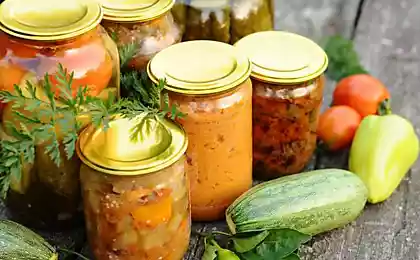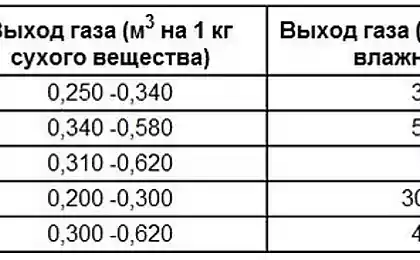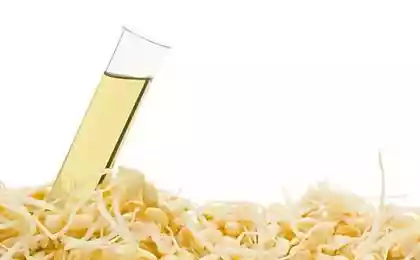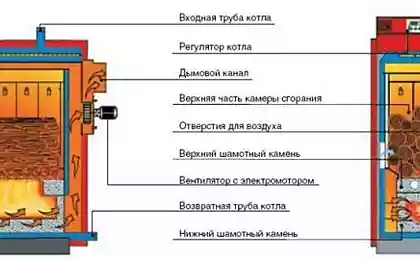488
Biofuel from sugar and starch
Neft for humanity – as an energy drug. Available and relatively cheap fossil fuel at the time drove more green, but less effective technology.
About 100 years ago, chemist Chaim Weizmann developed a process of bacterial fermentation, which allowed us to produce from plant material acetone. However, the development of oil chemistry has supplanted technology. The last plant producing acetone and butanol by the method of Weizmann in the United States closed 47 years ago. Today, chemists at the University of California at Berkeley revive forgotten methods, adapting them for obtaining biological diesel fuel from renewable vegetable raw materials.
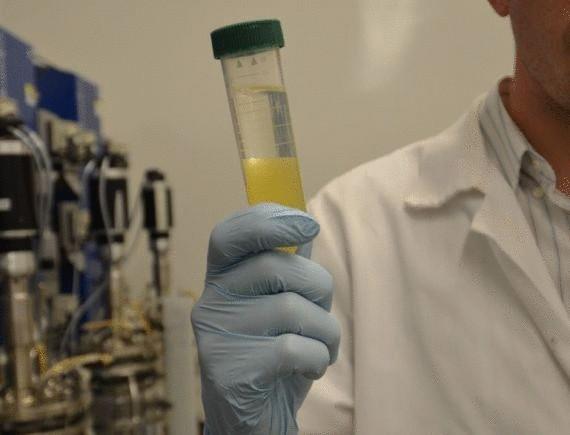
Chaim Weizmann, the descendants is remembered as the first President of Israel. But at the time, his invention allowed the British to establish the production of smokeless powder in a sufficient amount so that the allies won the first world war. 100 years after the famous invention by chemists at Berkeley rebuild process thus, to obtain a biofuel that contains more energy than ethanol.
According to estimates by the scientists themselves, until such time when their technology will be developed to a commercial level is still quite long, about 5-10 years. Yet the cost of biofuel is still higher gasoline prices. However, its use will lead to significant reductions in greenhouse gas emissions.
"I'm really excited that this is a fundamentally new way of using raw materials — sugar or starch — allows you to do different types of renewable things, from fuels to chemicals such as plastics," says Professor Dean Toast (Dean Toste), co-author of the report about the new development in the November issue of the journal Nature.
Colleagues Toast Harvey Blanch (Blanch Harvey) and Douglas Clark (Douglas Clark) has developed a process of hydrolysis of cellulose and fermentation of sugars with the participation of Clostridium acetobutylicum, the output of which is formed a mixture of ethanol, acetone and butanol suitable for biofuel. The Toast was to create a catalyst, under the action of which this cocktail is converted into a mixture of hydrocarbons with properties similar to diesel fuel.
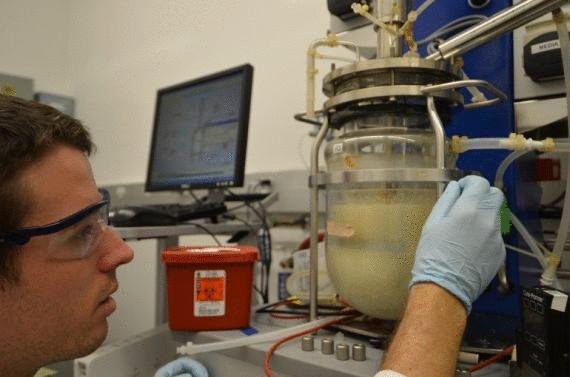
Tests show that the process of combustion of biofuels obtained in Berkeley is about the same as diesel fuel produced from oil. "It looks very similar to diesel and can be mixed with it," says Harvey Blanch.
The process is quite versatile, it can use a wide variety of renewable feedstocks, from corn or cane sugar to starch, and non-food raw materials — grass, trees, or waste from pulp production.
The second feature of this technology is its ability to tweaking. According to the Toast: "You can adjust the length of hydrocarbon molecules, changing the conditions of the reactions for obtaining light fractions such as gasoline, or more severe, as in diesel fuel, or branched chain of hydrocarbons, as fuel for rocket engines".
According to scientists, their invention at the initial stage can be in demand in niche market segments, such as the military. Over time, however, when the production will be financially viable, biofuels will be widely distributed, especially where the battery cannot provide enough reserve energy in heavy vehicles, trains and other vehicles.
Source: /users/104
About 100 years ago, chemist Chaim Weizmann developed a process of bacterial fermentation, which allowed us to produce from plant material acetone. However, the development of oil chemistry has supplanted technology. The last plant producing acetone and butanol by the method of Weizmann in the United States closed 47 years ago. Today, chemists at the University of California at Berkeley revive forgotten methods, adapting them for obtaining biological diesel fuel from renewable vegetable raw materials.

Chaim Weizmann, the descendants is remembered as the first President of Israel. But at the time, his invention allowed the British to establish the production of smokeless powder in a sufficient amount so that the allies won the first world war. 100 years after the famous invention by chemists at Berkeley rebuild process thus, to obtain a biofuel that contains more energy than ethanol.
According to estimates by the scientists themselves, until such time when their technology will be developed to a commercial level is still quite long, about 5-10 years. Yet the cost of biofuel is still higher gasoline prices. However, its use will lead to significant reductions in greenhouse gas emissions.
"I'm really excited that this is a fundamentally new way of using raw materials — sugar or starch — allows you to do different types of renewable things, from fuels to chemicals such as plastics," says Professor Dean Toast (Dean Toste), co-author of the report about the new development in the November issue of the journal Nature.
Colleagues Toast Harvey Blanch (Blanch Harvey) and Douglas Clark (Douglas Clark) has developed a process of hydrolysis of cellulose and fermentation of sugars with the participation of Clostridium acetobutylicum, the output of which is formed a mixture of ethanol, acetone and butanol suitable for biofuel. The Toast was to create a catalyst, under the action of which this cocktail is converted into a mixture of hydrocarbons with properties similar to diesel fuel.

Tests show that the process of combustion of biofuels obtained in Berkeley is about the same as diesel fuel produced from oil. "It looks very similar to diesel and can be mixed with it," says Harvey Blanch.
The process is quite versatile, it can use a wide variety of renewable feedstocks, from corn or cane sugar to starch, and non-food raw materials — grass, trees, or waste from pulp production.
The second feature of this technology is its ability to tweaking. According to the Toast: "You can adjust the length of hydrocarbon molecules, changing the conditions of the reactions for obtaining light fractions such as gasoline, or more severe, as in diesel fuel, or branched chain of hydrocarbons, as fuel for rocket engines".
According to scientists, their invention at the initial stage can be in demand in niche market segments, such as the military. Over time, however, when the production will be financially viable, biofuels will be widely distributed, especially where the battery cannot provide enough reserve energy in heavy vehicles, trains and other vehicles.
Source: /users/104



